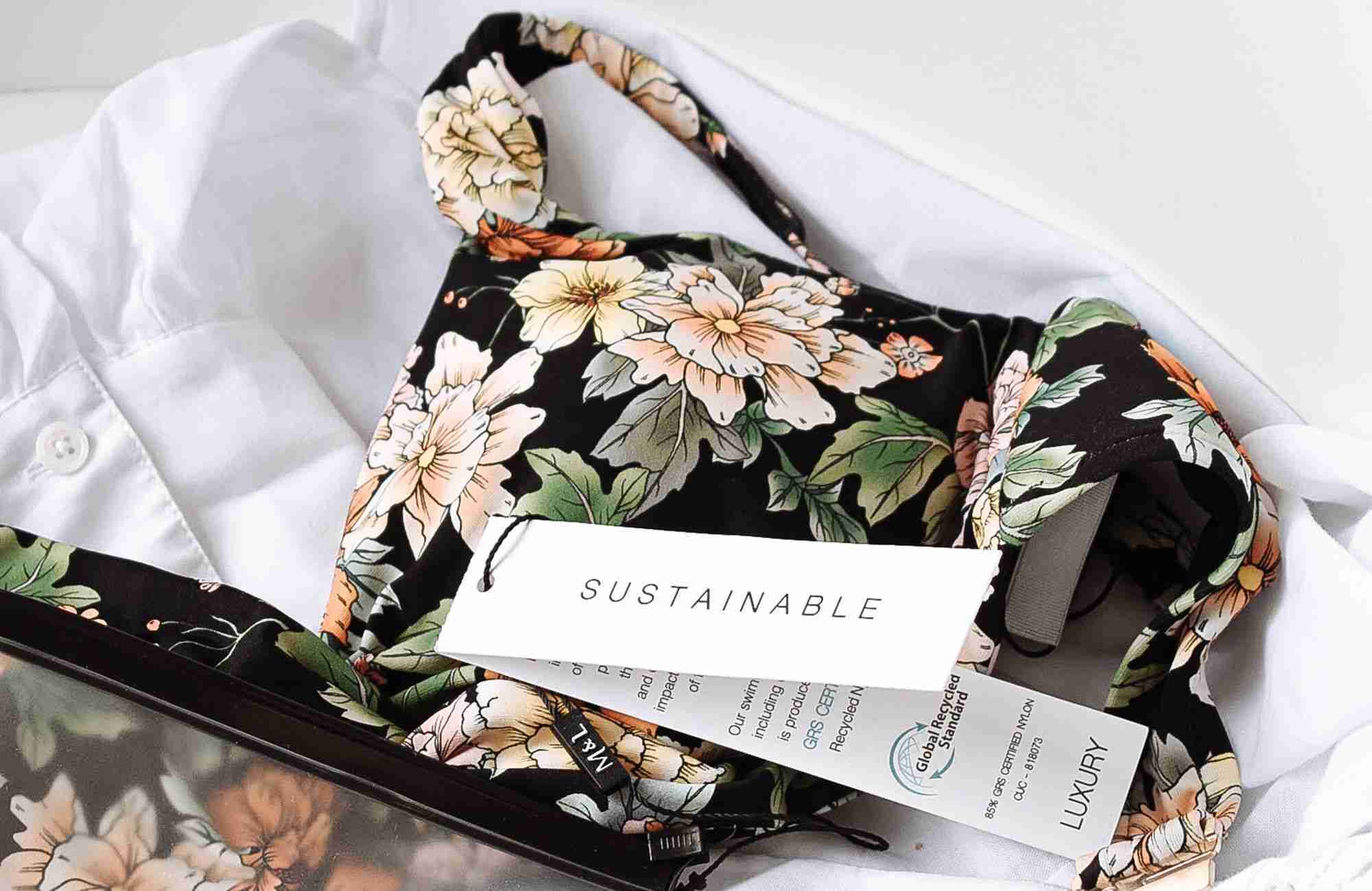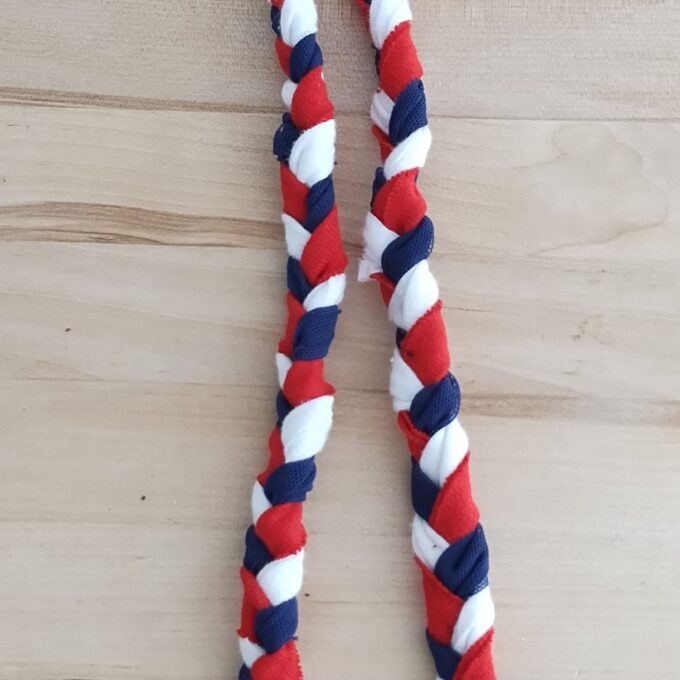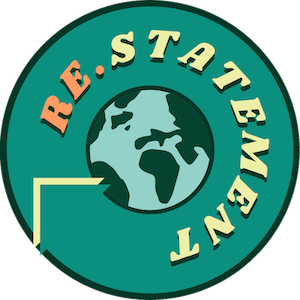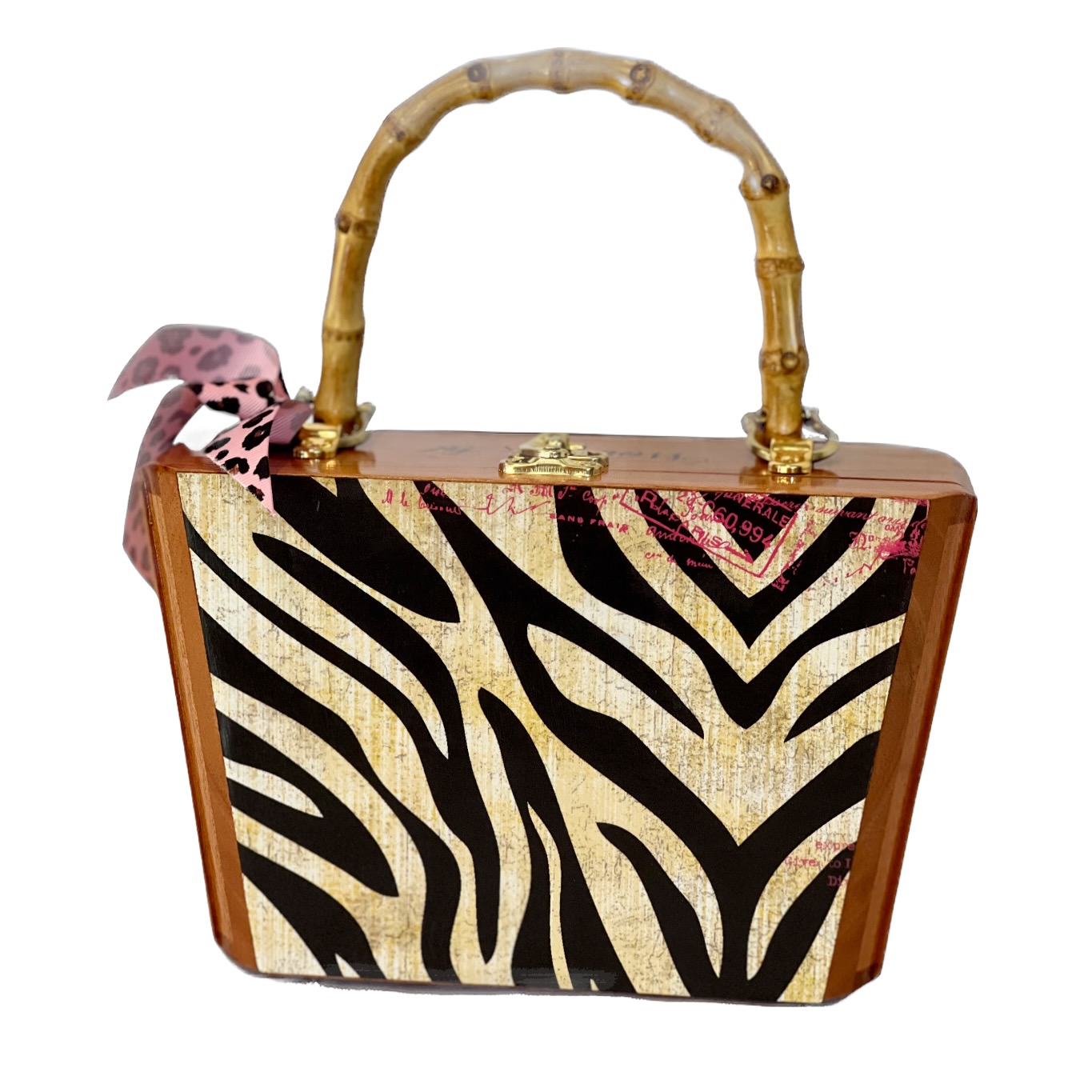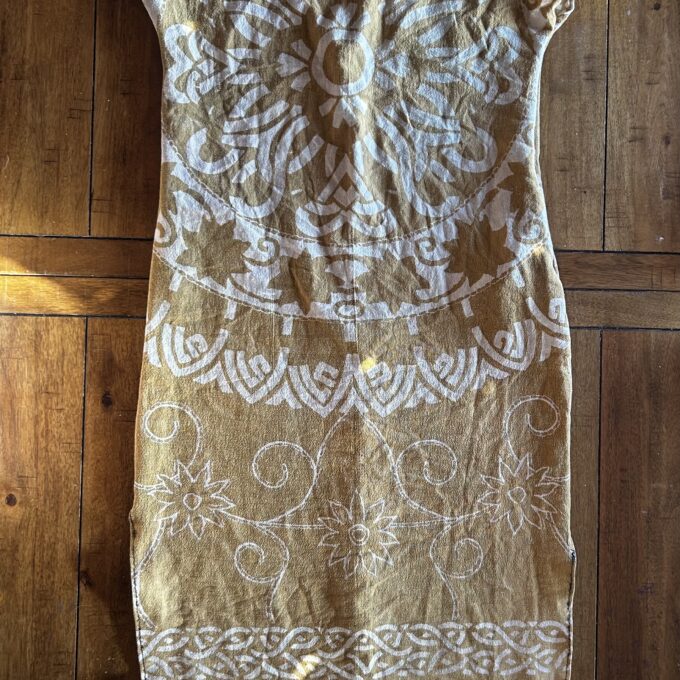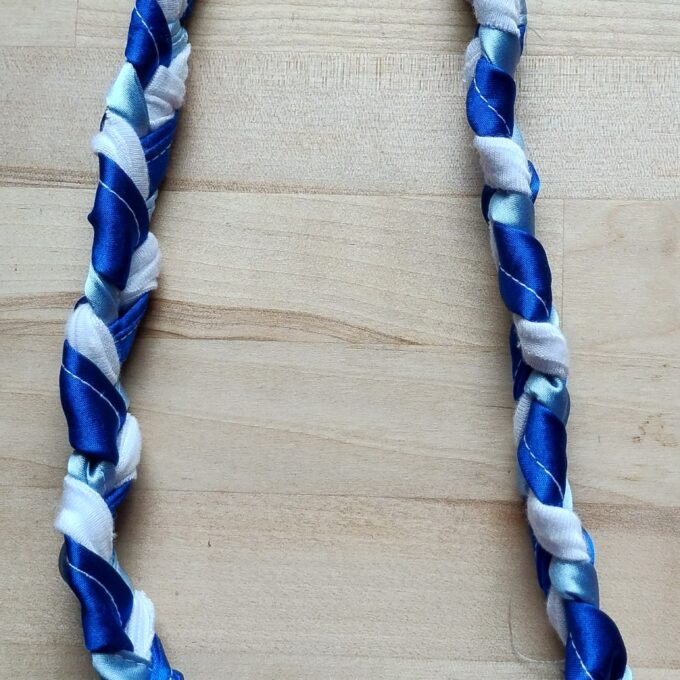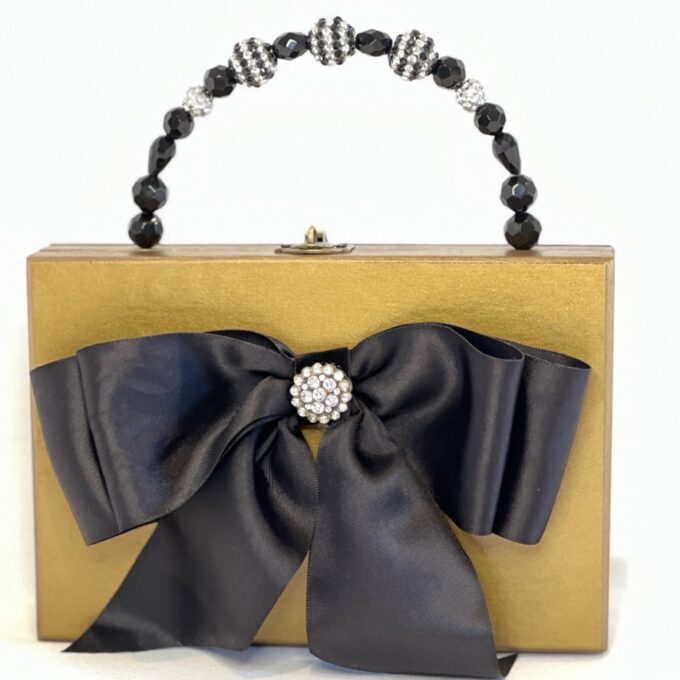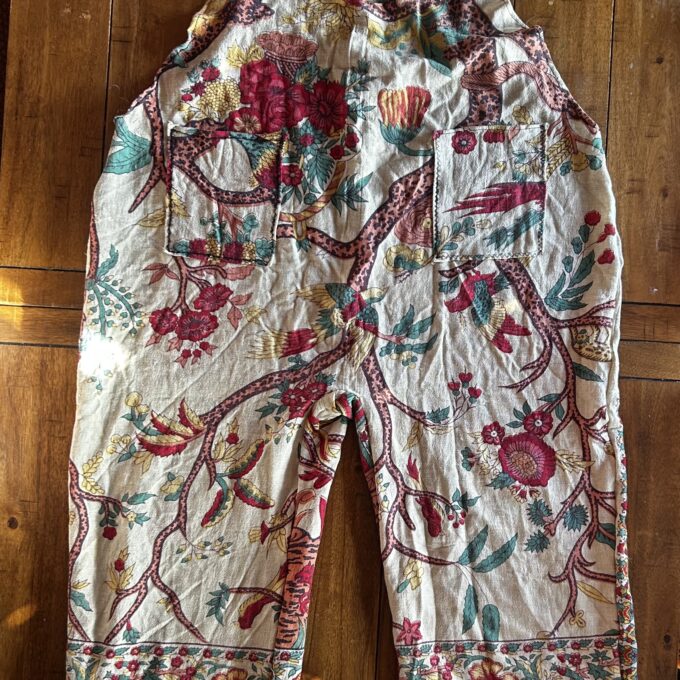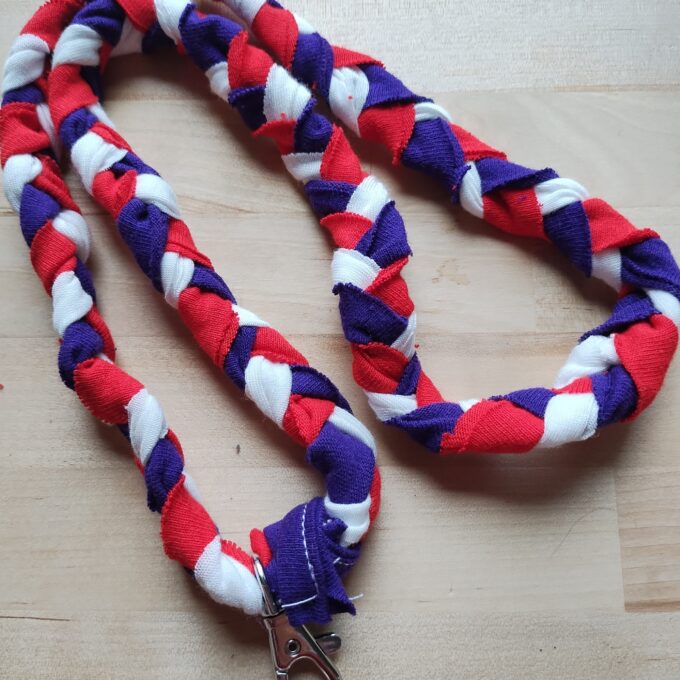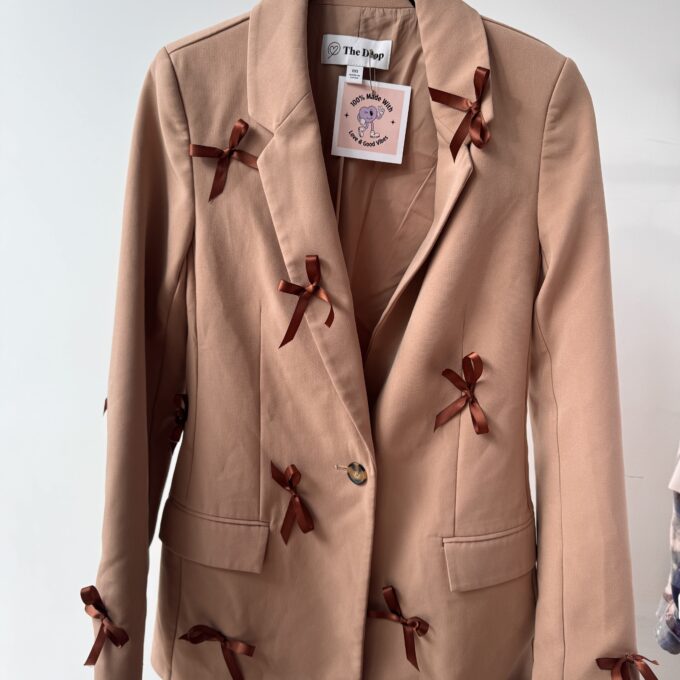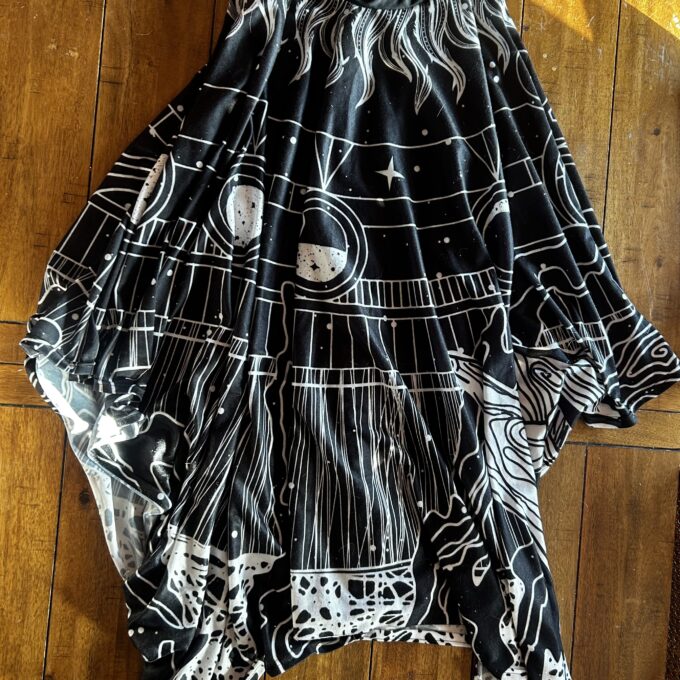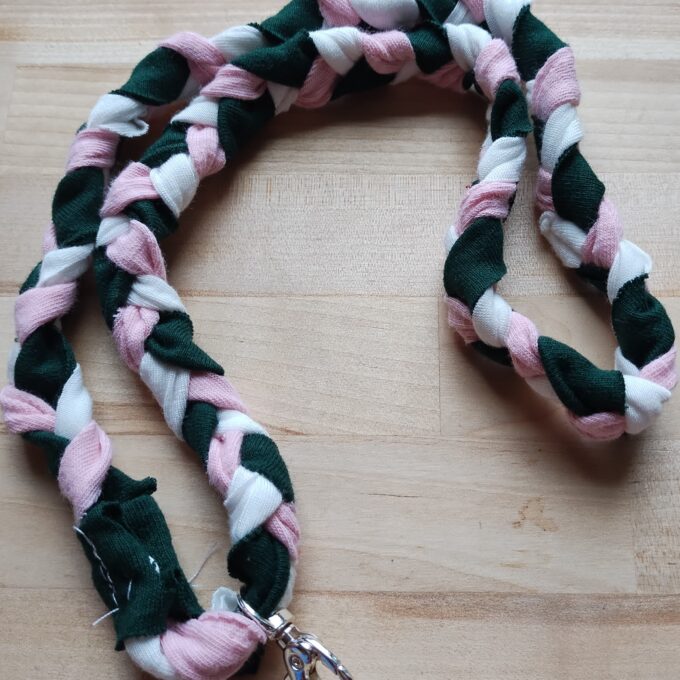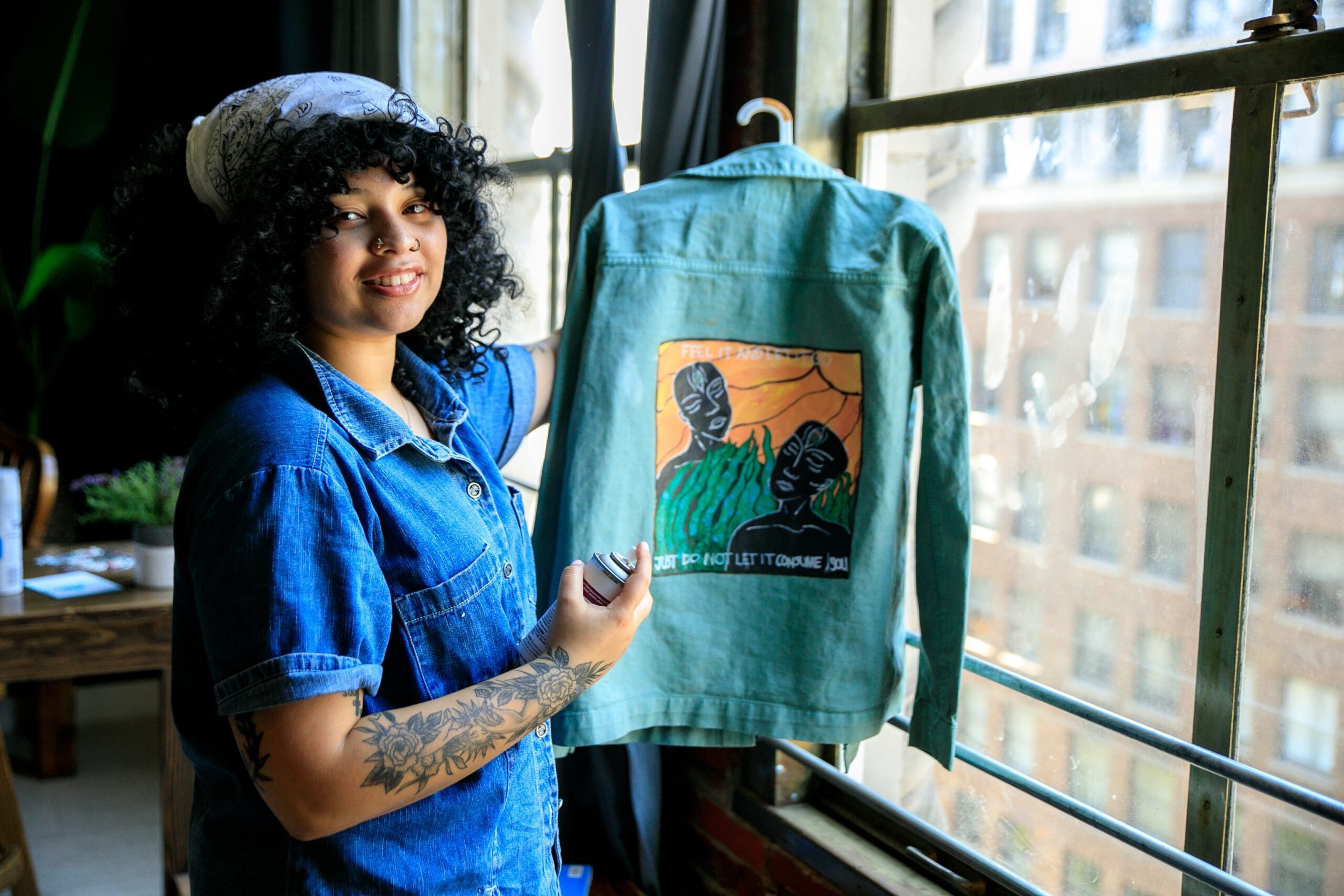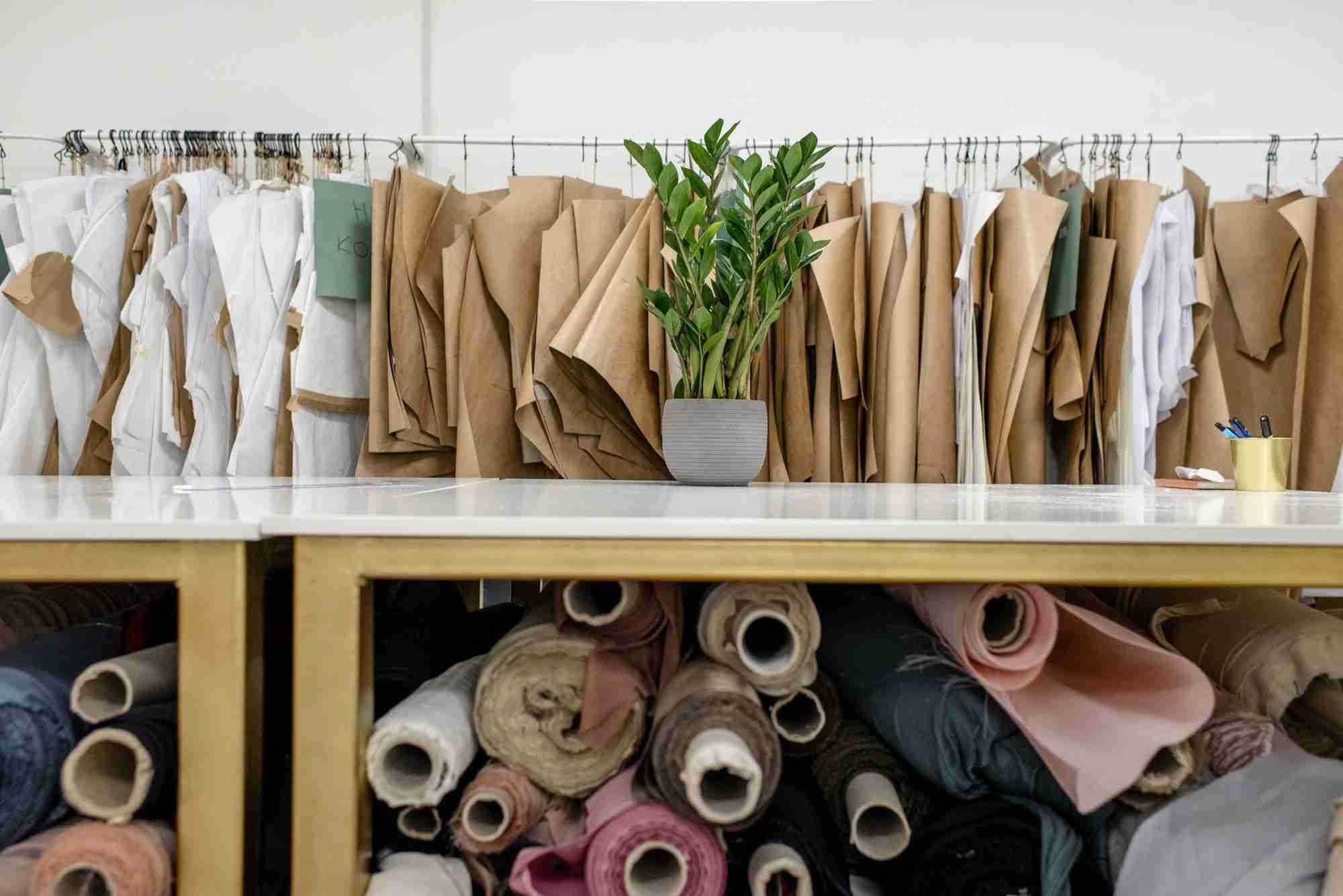In 2015, the United Nations launched its Sustainable Development Goals (UN SDGs) program with the aim of tackling the long-term global challenges that the organization felt needed a more focused and unified push. Seven years later, these goals continue to be relevant to the day-to-day lives of people all over the world, as well as to fashion.
The fashion industry is among the most polluting and wasteful of the consumer goods market, and the clothing we wear is an important environmental factor. In addition to sourcing and manufacturing, the apparel industry also has a major effect on the environment through its disposal practices and its effect on the climate.
While progress has been made in some areas, the apparel industry and its impact on the environment still has a long way to go. The Sustainable Development Goals seek to help improve the current situation and accelerate positive change across different areas of human life by seeking to end poverty, promote equitable societies, and protect the environment. With this article, we will focus on Sustainable Development Goal #13: Climate Action. We will take you through the importance of sustainable fashion, and how you can make a positive impact on the environment through your clothing choices.
What is Global Goal #13: Climate Action?
The Sustainable Development Goals are broad global goals that seek to improve people’s lives across a number of different areas, from health and wellbeing to education and gender equality. One of these areas is the environment, in which the Sustainable Development Goals see a number of very specific targets aimed to improve the state of the environment.

SDG #13: Climate Action is specifically to “take urgent action to combat climate change and its impacts.”
While we all have a responsibility to protect the planet, education and innovation are key, especially in the fashion industry. Sticking with climate commitments also provides new opportunities for the industry and our world today. These actions provide huge opportunities to redesign infrastructure which promotes growth and progress.
The Targets of SDG #13: Climate Action
To reach the goal of climate action, the United Nations established 5 key targets to combat climate change. They are…
- “Target 13.1: Strengthen resilience and adaptive capacity to climate-related hazards and natural disasters in all countries.
- Target 13.2: Integrate climate change measures into national policies, strategies and planning.
- Target 13.3: Improve education, awareness-raising and human and institutional capacity on climate change mitigation, adaptation, impact reduction and early warning.
- Target 13.4: Implement the commitment undertaken by developed-country parties to the United Nations Framework Convention on Climate Change.
- Target 13.5: Promote mechanisms for raising capacity for effective climate change-related planning and management in least developed countries and small island developing States.”
Where Sustainable Fashion Fits into Global Goal #13: Climate Action
Sustainable fashion is a growing field that aims to reduce the environmental impact of clothing production. From our wardrobes to our homes, the fashion industry is one of the most voracious polluters. The fashion industry is responsible for a great deal of greenhouse gas emissions as well as harmful chemicals. In response, sustainable fashion can have a positive impact on the climate action of a country. If we look at the entire supply chain from design, manufacturing, to the retail sector, sustainable fashion can have a positive impact on the environment.
As we know, one of the main goals of sustainable development is to reduce the greenhouse gas emissions. If we look at the whole supply chain of sustainable fashion, we can see there are many opportunities for a reduction in the emission of greenhouse gases. The design, production, and retailing of sustainable fashion can impact the climate very positively.

Types of Sustainable Fashion
There are a number of different sustainable fashion types that are environmentally friendly, and each has its own benefits.
- Organic and Natural: Organic and natural fashion items are often made of organic material, such as cotton, linen and wool. Organic fashion items are often more expensive, but are worth it as they will not harm the environment in any way. Organic products are often perceived as being of higher quality, and having a more elegant feel to them than other organic products. Organic products are often promoted as being more environmentally-friendly as well, due to the low impact they have on the planet.
- Circular Economy / Upcycled Fashion: Clothing that is designed, sourced, produced, and sold to be used and reused effectively as long as possible in their most valuable form. It’s taking used materials to create new clothes, which is what upcycled clothing is. This kind of fashion tends to be the most creative and have the most original, unique designs.
- Slow Fashion: Slow down production and buying less, with heavy emphasis to improve the quality to make clothes last longer, and to promote sustainable consumption. It focuses on quality rather than quality, and it doesn’t create or follow trends.
- Local / Small Business Fashion: Local fashion reduces the consequences of transportation, the most major being more carbon emissions.
- Recycled Fashion: Clothing made from previously used materials such as plastics and textiles. These materials undergo a mechanical or chemical process to be recreated into a new textile again.
- Fair Trade: Fair trade fashion items are often promoted as being more sustainably-produced because they follow a model called “trade-not-aid”. This model sees the producers being given a fair price, with the profits going back to them.
How You Can Make a Positive Impact: United Nations’ Sustainable Development Goal #13
The most important thing when it comes to making a positive impact for Sustainable Development Goal #13 is to make sure you are aware of the different types of sustainable fashion available.
You should overall buy only the things you need, but if you buy, you should buy sustainably. Once you have found a type of sustainable fashion that you enjoy wearing, you can make a conscious effort to buy these items when you need them in the future. It is also important to remember to not just wear sustainable fashion items, but to educate others about SDG #13: Climate Action and the options we have for shopping sustainably.
Meanwhile, you can also join an eco-conscious company and find ways to research and innovate solutions to reducing carbon emissions and creating healthier materials.
Conclusion
The Sustainable Development Goals are a large, global effort to address some of the most important challenges facing humanity. Eco-conscious development is a key part of the process, and the Sustainable Development Goal #13: Climate Action seeks to ensure that all resources are used sustainably. This includes the apparel industry and the items we wear. The Sustainable Development Goals seek to ensure that the industry makes change so that their products will be more sustainable, and that all of us as consumers also make change so that we can consume and wear more sustainable products.
